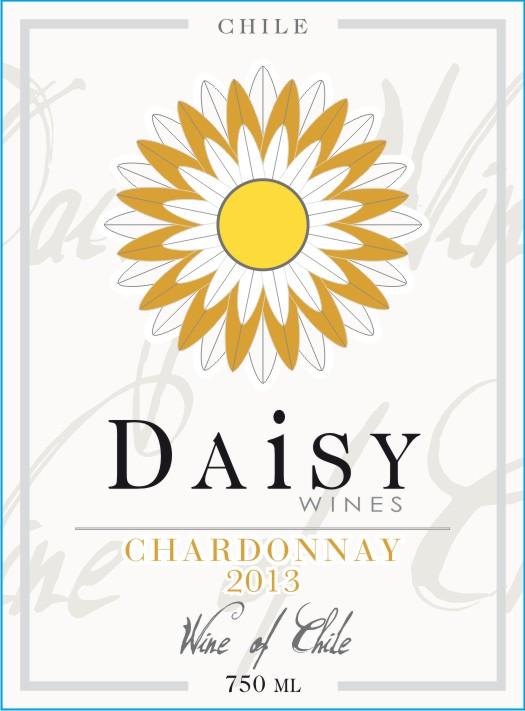2013 Maule Valley Chardonnay
Daisy Daisy Chardonnay from the 2013 vintage is a remarkable expression of the Maule Valley, showcasing the region's unique terroir. This white wine exudes a delightful brightness with its medium body, making it an appealing choice for various occasions. The acidity is vibrant and refreshing, perfectly balancing the wine's fruit character, which features prominent notes of crisp green apple, ripe pear, and subtle citrus. The mouthwatering profile is further complemented by a delicate hint of oak, adding depth without overwhelming the fruit. This Chardonnay is bone dry, providing a clean and satisfying finish that invites another sip. Whether enjoyed on its own or paired with seafood dishes, Daisy Daisy Chardonnay is sure to enchant wine lovers with its finesse and charm.
Daisy Daisy Chardonnay from the 2013 vintage is a remarkable expression of the Maule Valley, showcasing the region's unique terroir. This white wine exudes a delightful brightness with its medium body, making it an appealing choice for various occasions. The acidity is vibrant and refreshing, perfectly balancing the wine's fruit character, which features prominent notes of crisp green apple, ripe pear, and subtle citrus. The mouthwatering profile is further complemented by a delicate hint of oak, adding depth without overwhelming the fruit. This Chardonnay is bone dry, providing a clean and satisfying finish that invites another sip. Whether enjoyed on its own or paired with seafood dishes, Daisy Daisy Chardonnay is sure to enchant wine lovers with its finesse and charm.




